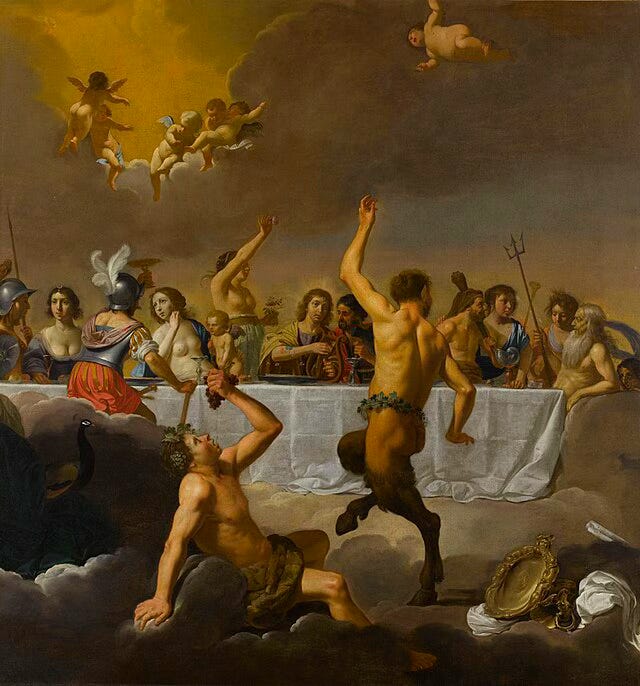
From Spencer Klavan at The New Jerusalem:
ShareThis summer’s Olympics opened with a neo-pagan travesty of Christ’s last supper. That’s not an accusation or a polemic. It’s just a description, in the plainest available English words, of what happened last Friday: drag performers satirically re-clothed (travestied) a famous type-scene from Western art, using modern updates of pre-Christian (neo-pagan) symbols. The instant denials and revisions that followed were intended not so much to convince people otherwise as to entangle them in a thicket of explanations and counter-explanations so that they would find it impossible to discuss the affair in simple terms.
Otherwise they might move on from describing the performance accurately to noticing interesting things about it, like the fact that it was hopelessly drab and ugly. An actual pagan—one of the ancient ones—would have retched. This is probably the most significant feature of the event, the fact that will remain important long after this little media wavelet has crested.
Neo-paganism is not the same thing as paganism: when ancient patterns of ritual and myth work their way into the void left by Christianity, they come sapped of the manly vigor and tragic nobility that once made them what they were. Old forms of nature-worship that died long ago are being dragged out of their graves limp and mangled, in a desecration not just of Christianity but of the religions Christianity replaced. It’s what you might call Zombie Paganism.
The centerpiece of the Olympics performance was a man, Philippe Katerine, painted in blue and served almost naked on a platter in a spoof of Bacchus, the Greek and Roman god of revelry. When the backlash hit, Katerine and his supporters protested that he was actually recreating Jan van Bijlert’s 17th-century painting of the Olympian gods.
In charity, it’s fair to note that artists often do work from multiple sources of inspiration. But of course that includes van Bijlert, who, as the museum housing his work conceded, was using the Olympian scene to recreate...the last supper. The association is so impossible to avoid that, as Jonathan Pageau pointed out, witty observers called Katerine’s tableau “la scène de la Cène sur la Seine,” a French pun meaning “the Scene of the Last Supper on the Seine.” (Read more.)

















No comments:
Post a Comment